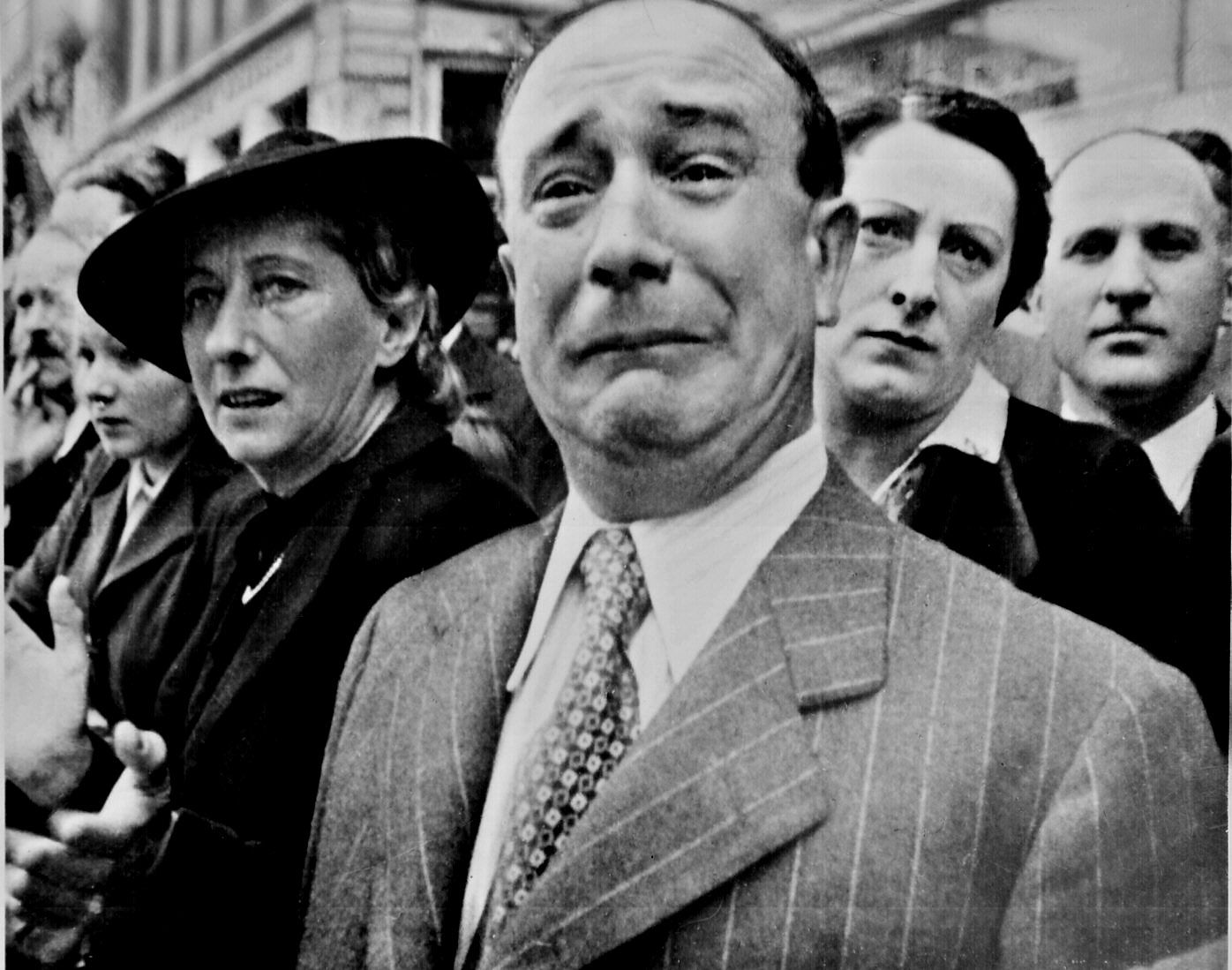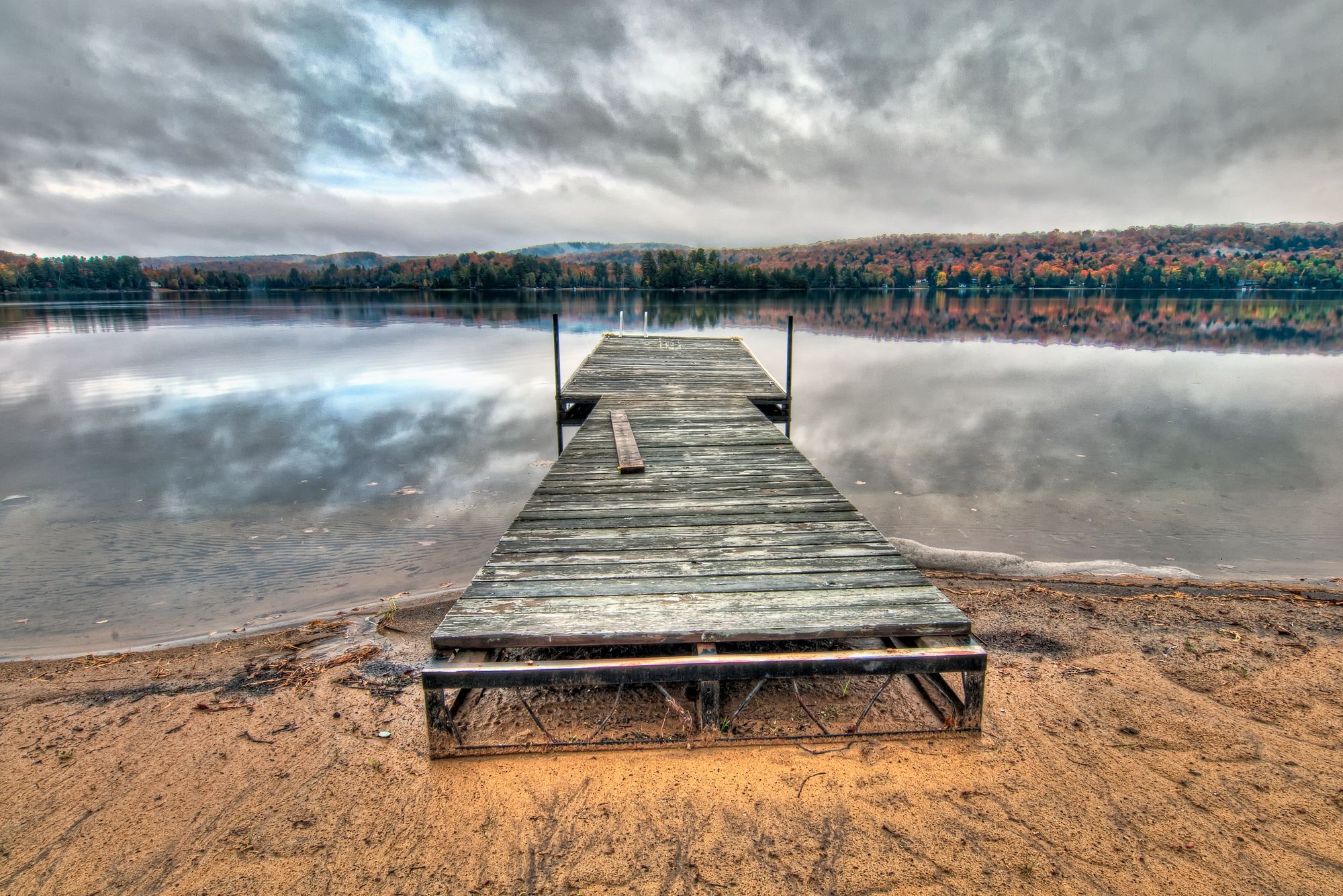
Why Analog Is Better than Digital II: Losing Kodachrome
The other domain in which the shift from analog to digital was problematic is photography. The digitization of visual images brought many more advantages when compared to the digitization of music, not just in terms of convenience but in ultimate quality. There has been something of a revival of film photography lately, but nothing on the scale of the vinyl revival. While I continue to play vinyl records, I can’t really conceive of returning to any of the many film cameras I still own. Nonetheless, it wasn’t a complete gain, and there are new vulnerabilities brought on by the transition.
Paul Simon’s 1973 song Kodachrome summed up the glories of film photography: Kodachrome, and particularly the low-ISO Kodachrome 64, made you “think all the world’s a sunny day” with its unbelievably saturated colors and detail.
Unfortunately, Kodak, its maker, stopped processing the film in 2010, and went bankrupt altogether in 2012. There are other wonderful films that are still available like Ektachrome E100 or Fuji’s Velvia, but they are hard to come by and even harder to process. The last film camera I used was a 6x7 Mamiya Rz67, a medium-format camera with interchangeable revolving backs that produced gigantic color transparencies on 220 film.
___STEADY_PAYWALL___
When I was grade school I had set up a home darkroom in the bathroom of our little apartment in New York’s Stuyvesant Town, and marveled as the images that I exposed gradually appeared as the paper soaked in the D-76 developer. Later, I learned Ansel Adam’s Zone System, which was critical training for generations of photographers. Film and photographic paper have limited gamuts, or ranges of light values that they can record and display, that are much narrower than the range of light values the eye sees. The Zone System was a technique for setting exposures and expanding gamuts such that the final print would reflect the full range of values in the original scene.
Digital photography and Photoshop made all of this completely obsolete long ago, of course. Saturation, hue, and contrast can all be manipulated after the fact with a simple slider. You can convert daylight into tungsten or vice versa, without having to buy different types of film. The Zone System remains a useful conceptual tool, but you can get Photoshop to match the photo’s gamut to your display automatically. It is hard to think of a single reason for going back to a film camera today, except for one: possessing a slide or negative constitutes proof that there was a human being behind the lens in a way that no digital photograph could.
The reason I liked photography more than painting or drawing was that a photo represented something that a photographer actually saw. The famous shot of the crowd watching the Germans march into Paris in 1940 conveys a reality in a way that a painting or a verbal description could not.

There was never a time when photographs were simple unmediated representations of reality; all good photographers manipulate their images. Most of Ansel Adams’ photos were taken with an 8x10 view camera, and he printed the negatives himself with incredible technique, manipulating contrast and dodging and burning particular parts of the scene. There is a huge difference between an unmanipulated print of a famous image like “Moonrise, Hernandez New Mexico” and the print that Adams himself produced, as can be seen here: he darkened the sky until it was almost black, and increased the contrast of the details in the foreground so that it actually bore little resemblance to what he saw the moment he snapped the shutter.
On the other hand, the manipulations that Photoshop permits go way further: one of its earliest capabilities was compositing, such that you could drop one image into another and have President Obama appear at your daughter’s birthday party. It has become routine to create photos of scenes that no human being ever saw. In my view, one of the greatest atrocities in digital photography are the high dynamic range options that many digital cameras offer, where the camera combines photos of the same scene taken at different exposure levels that allow you to, in effect, see everything. Whereas the Zone System created prints that were truer to what the photographer actually saw, HDR photos create hyper-realistic monstrosities of scenes that no human being is capable of seeing.

The manipulations that digital photography makes possible are so easy and widespread now that the special reality-based character of photography as an artform is being erased.
Apart from these aesthetic considerations, digital manipulation will have deeper societal consequences. In politics and in the courts, we are still living for the most part in a 20th century world in which we take the veracity of a photograph or video for granted. Imagine a world 20 years from now, however, in which producing a deep fake photo or video has become as easy as moving a Photoshop slider today. A presidential candidate is seen in a video having dinner with a notorious mob boss; he denies it, but videos proliferate of him with other criminals or underage girls. Or the Russians provide photos and videos of American soldiers committing atrocities while on a peacekeeping mission. We suspect that the videos may be faked, but we don't have a means of proving this readily in a world in which the public has become skeptical of any form of photographic evidence.
The shift to digital photography has created other kinds of vulnerabilities. 35mm film is one of the most durable media ever invented. I can still shoot with the Leica M3 once owned by my uncle (more on that in a later post) that was built in the early 1950s. How many of today's digital cameras will be usable in 10 years, much less in 70? How many of the baby pictures on your phone or computer will be viewable when that baby has grown up and has his or her own grandchildren? How many generations of formats will have been superseded at that point? Do you have a box of 8-track tapes, or digital video cassettes taken with a 20 year old digital video camera? People used to lose their photo collections when their house burned down. Today, you can lose every meaningful photograph documenting your family’s life when your hard disk crashes, or you fail to transfer them to a new computer.
Then there is the opposite problem of digital photos never disappearing. Revenge porn has become a plague in many jurisdictions, as has the sharing of sexual photos among teenagers. While a number of countries as well as platforms like Google and Microsoft have made tentative efforts to combat it, once a photo is out on the web it is impossible to make it disappear completely.
So while I don't regret the decline of film, I think that the transition from analog to digital has been problematic in many ways, and will become more so as the technology evolves.
American Purpose newsletters
Sign up to get our essays and updates—you pick which ones—right in your inbox.
Subscribe






